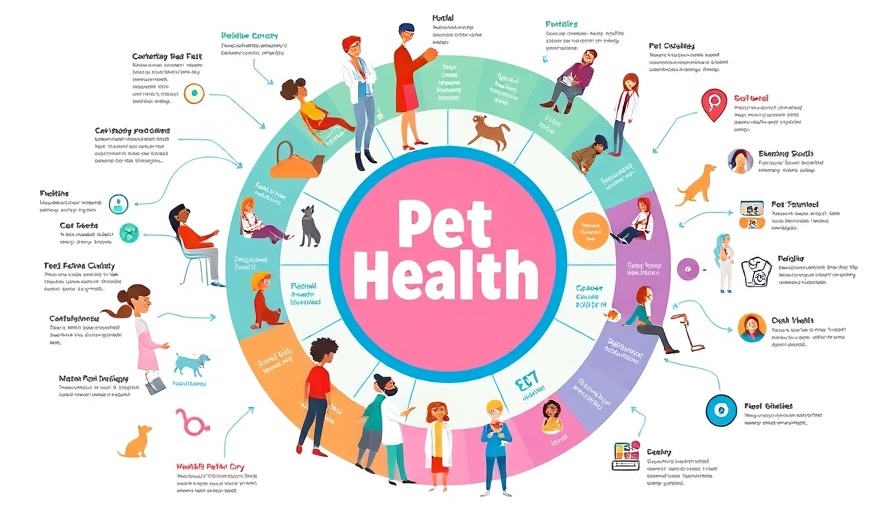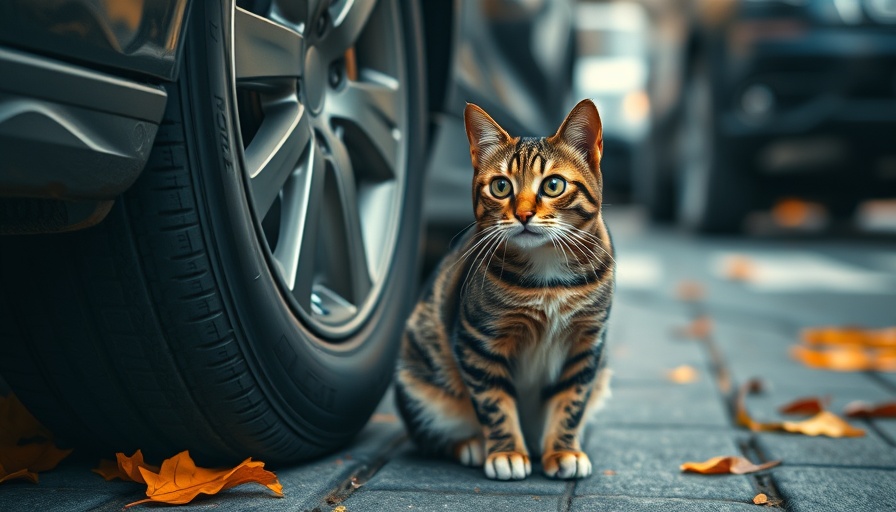
Collaboration: The Heartbeat of Animal Health
Creating a sustainable and thriving ecosystem for pets and animals is no small feat. As we move towards 2025 and beyond, the importance of fostering collaboration among all players in the animal health space is clearer than ever. With significant advancements in veterinary practices and technologies, partnerships between veterinarians, pet parents, pharmaceutical companies, and animal welfare organizations can bring about revolutionary changes in the way we care for our beloved pets.
The Role of Key Players in the Ecosystem
At the core of this ecosystem are veterinarians, serving as the knowledge experts and primary care providers for our furry friends. Their expertise in diagnosis and treatment establishes a foundational trust with pet parents. By collaborating with pharmaceutical companies, vets gain access to innovative medications that address the most current health issues affecting pets today.
Pet parents are indeed the care champions, often the first to notice changes in their pets' behavior or health. Educating pet parents about preventive measures, such as proper nutrition and routine vaccinations, empowers them to be proactive in their pets' care, leading to better health outcomes. This proactive approach not only supports the health of the pet but also alleviates emotional and financial stress on families.
Pharmaceutical companies play a crucial role, driving innovation from vaccines to treatments for chronic illnesses. Collaborating closely with veterinarians ensures that new products are tailored to the genuine needs of animal care. Moreover, awareness campaigns directed towards pet parents can lead to better adoption of these treatments, enhancing the overall health of pets in our communities.
It is essential to also extend our empathy and resources to stray animals and wildlife. Partnerships with local NGOs can be instrumental in offering vaccinations, sterilization, and care to these animals. Our mission should be to cultivate a sense of responsibility for all living creatures around us, promoting a healthier ecosystem for everyone.
How Technology Shapes Our Connections
As we embrace the digital age, platforms such as MyFurries.com are vital in enhancing collaboration across the board. With services like telehealth, pet parents can quickly connect with veterinarians for timely consultations. Centralized health records streamline the sharing of vital medical data, ensuring all stakeholders are informed and aligned.
Furthermore, educational resources—ranging from blogs to webinars—empower both pet parents and animal caregivers with the knowledge they need to make informed decisions about animal health. By providing accessible education, we can encourage a culture of preventive care, making it easier for everyone involved.
The Future of Animal Care: A Preventive Approach
Predictions indicate that a shift towards preventive care will dominate the future landscape of pet and animal health. For pet parents, this translates to longer, healthier lives for their companions as they take proactive steps in their care. For veterinarians and pharmaceutical companies, it means building trust and securing better outcomes, leading to stronger communities that prioritize animal health.
As we move forward, fostering this culture of collaboration while utilizing modern technology will be paramount in creating a connected ecosystem for pets, animals, and their caregivers.
Let's Join Forces for a Healthier Tomorrow
The vision for animal health at MyFurries.com is crystal clear: a connected ecosystem where every animal, whether cherished or wandering, receives the care it deserves. Encouraging open dialogue among all partners is essential. How can we collaborate better? Your feedback and insights as pet owners and professionals are invaluable to us.
A collaborative approach not only enhances the care and wellness of pets but also nurtures community bonds, leading to a brighter, healthier future for all living beings. Together, let’s tackle the challenges and pave the way for positive advancements in pet and animal health.
If you have experiences, suggestions, or challenges in pet health care you’d like us to address, share with us. Your voice matters in shaping a constructive ecosystem!
 Add Row
Add Row  Add
Add 


Write A Comment